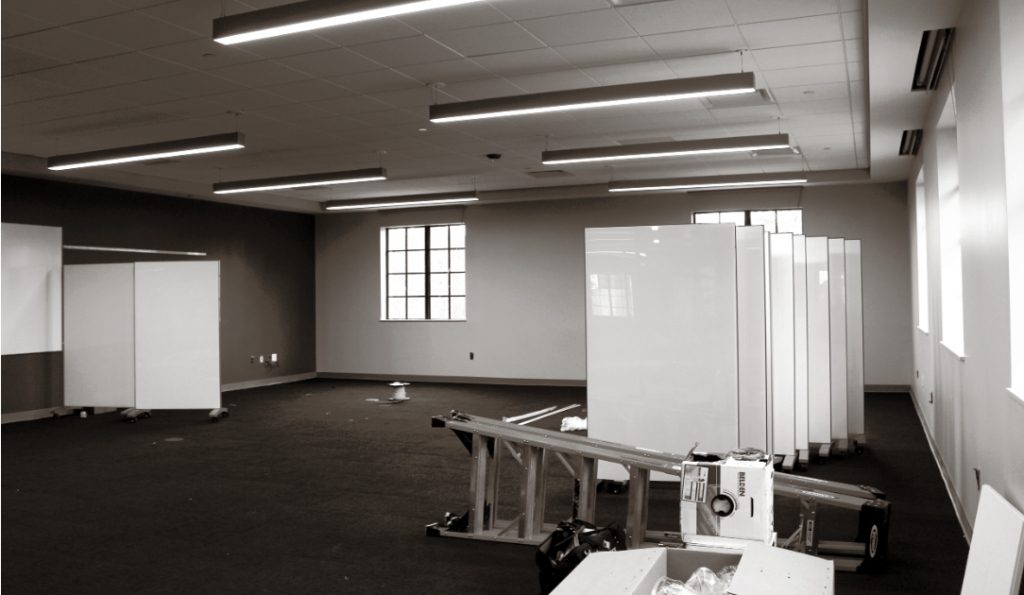
The new Kathleen W. Rollins Hall will include three new classroom spaces for the campus, two of which can fit up to 36 to 42 students.
While the new classrooms are larger, the caps for the number of students in the classes will remain the same. The highest cap for the spring semester at this time is 25 students.
Teachers from various departments have vied for the new class spaces; 26 courses will be taught in the three rooms this coming spring.
“A lot of our dance and theatre instructors are saying, ‘I want to be in that space because I do a lot of movement-based work,’” said Dr. Emily Russell, associate dean of curriculum.
The larger rooms allow for greater collaboration between students, teachers, and classes.
“We needed to have this flexibility on campus with larger rooms that would be able to let us grow in size or shrink,” said Russell.
Russell added, “We actually have a real gap in classes that can accommodate like 24, 25, 28 students comfortably, and we have a gap in the ability to bring multiple classes together in the same space and do that kind of work. There will be chairs for about 40 students in each of those classrooms, but the classes that are in there are not capped that high or even close to that high.”
The new classrooms use the SCALE-UP theory of design to foster communication between groups. The theory is meant to encourage working in small groups and engaging in hands-on learning activities, and it discourages traditional lecture styles of teaching.
To enforce this theory, all the chairs and desks in the classroom will have wheels so that class discussions can break off into groups, and space can be manipulated to allow for more room for activities.
The new classrooms will also feature new forms of technology such as Blu-ray players and wired and wireless connection.
Clarus boards, which are glass whiteboards, will also be installed. These allow faculty members to both project images and write directly on them.
Micki Meyer, Lord family assistant vice president for student affairs, said, “The goal for these classrooms is to support a project-based learning environment where students are sitting together in groups working on projects, engaging in collective problem-solving, and active learning experiences that involve teams.”
In addition to classroom use, the spaces will be available to reserve when classes are not in session.

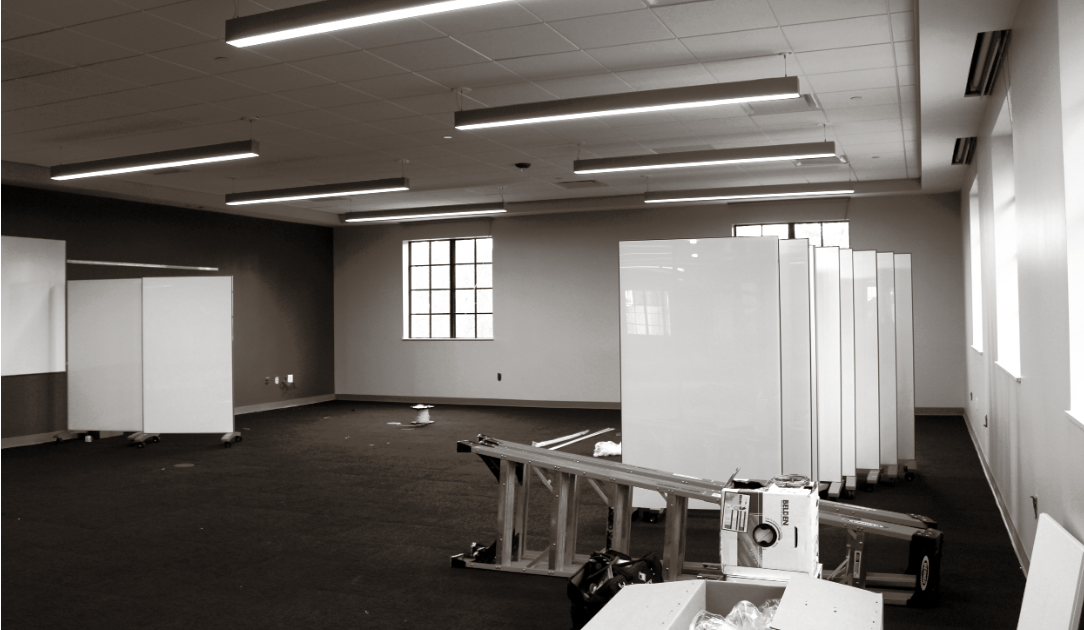
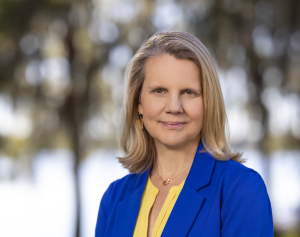

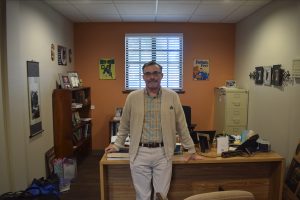
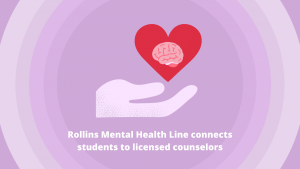
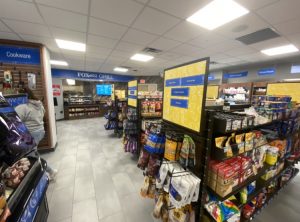

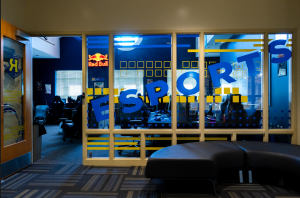
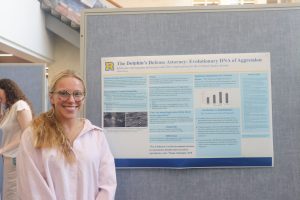

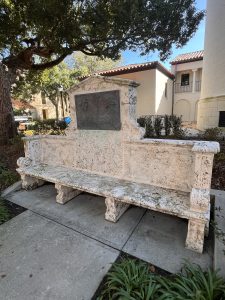

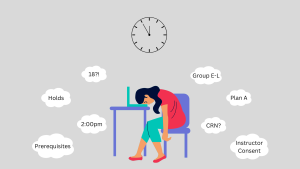


Comments are closed.